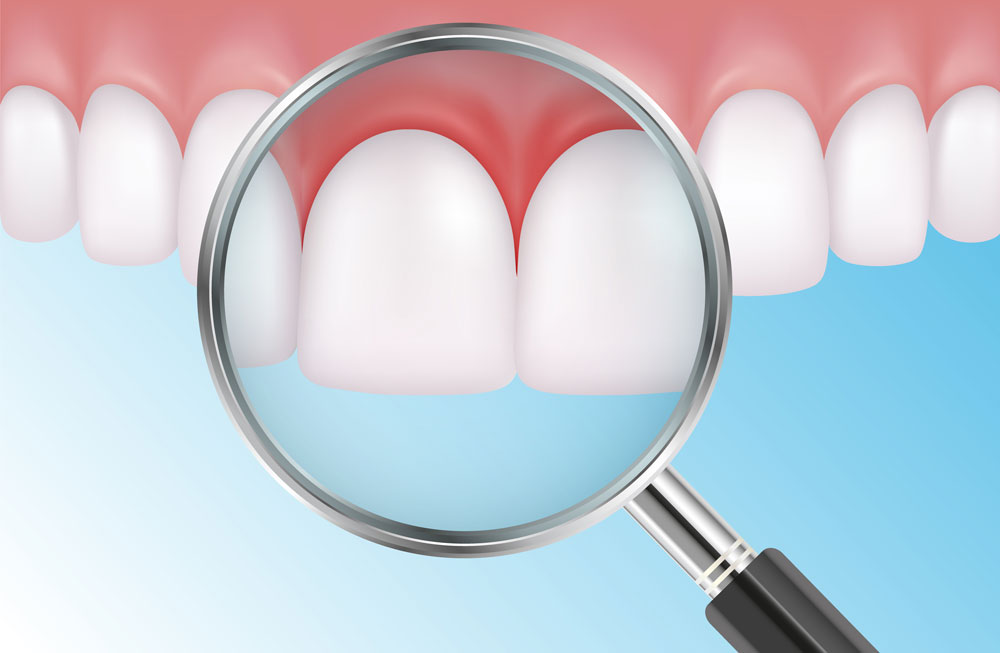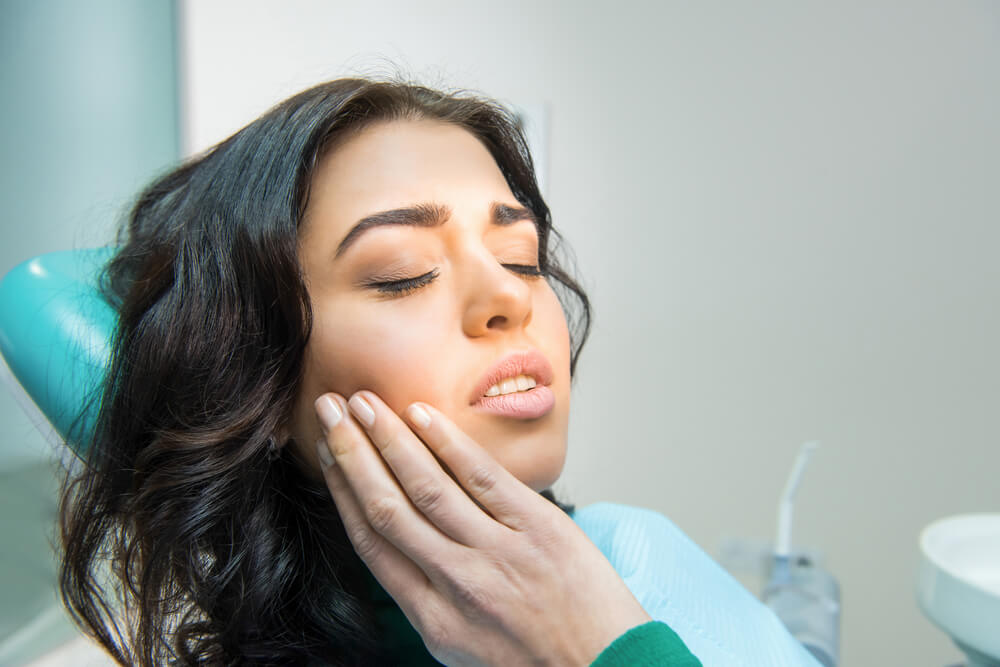When good oral hygiene habits are not kept, not only the teeth can get damaged (cavities), but the gums as well. The early stage of gum disease is called gingivitis, and it is the easiest to treat. Allowing the condition to worsen can lead to tooth loss. There are both surgical and nonsurgical treatments for gum disease.


It can be hard to tell that you have become affected by gum disease because it develops progressively. When plaque remains on the teeth for an extended period of time, the acid-producing bacteria living in it can cause the gums to become red and swollen. Bleeding gums are often one of the first signs of gum disease. The condition is fairly easily reversible with daily brushing and flossing, as well as a professional cleaning at the dentist’s office.
If gingivitis is left untreated, however, it can progress into a more serious form of gum disease called periodontitis. At this point, the toxins in the plaque/tartar buildup can start to affect the bone and ligaments that support the teeth, in addition to gum tissue, and will require more extensive forms of treatment.
The Invisalign treatment begins with a consultation to assess the position of the teeth and to create a custom treatment plan, which will show the expected progress of the teeth. It can even provide a preview of the final results. The custom aligners will be created according to the treatment plan. Each aligner must be worn for 20 to 22 hours a day for effective treatment and will be changed out approximately every week. As they are worn, each aligner (worn in a specific order) will gradually change the position of the teeth by exerting a small amount of pressure on them. They can shift the teeth horizontally, vertically, and can even rotate them, if needed. The average treatment lasts 12 months for adults, depending on the severity of the case. Treatment time may vary for teenagers. Once treatment is complete, it will be recommended to use a retainer in order to maintain the new position of the teeth and prevent them from shifting back.


If a scaling and root planing procedure is not sufficient to restore the gums to health, surgical methods may become necessary. These include the following treatments:
Anyone who has had treatment for any form of gum disease will have to be more conscientious about their oral care to prevent the disease from developing again. This will require more diligent brushing and flossing, as well as perhaps a prescription-strength antimicrobial mouthwash to help reduce bacteria in the mouth. Regular visits to the dentist will continue to be important to allow your dentist to keep an eye on the health of the gums and to give the teeth and gums a thorough cleaning.
We will be glad to file a predetermination for you to verify coverage of any necessary dental treatment. We accept most PPO insurances. Don’t be discouraged if you don’t have dental insurance. We have a dental membership plan that is an excellent alternative to dental insurance. Our membership plan has an affordable annual fee that offers a discount on all your preventative care program.




